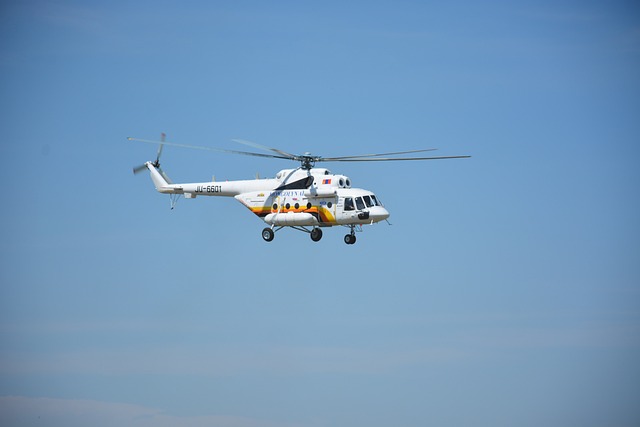Urban flyovers have evolved from functional transportation routes to iconic landmarks, offering breathtaking views and enhancing city perspectives, as seen in Dubai's Burj Khalifa Helicopter Ride. This trend combines practical infrastructure with stunning aesthetics, transforming traffic routes into memorable experiences for locals and tourists alike. Inspired by Dubai's success, cities worldwide are integrating similar designs featuring glass-bottomed bridges, interactive art, and smart lighting to boost tourism and urban development while promoting sustainability.
Scenic urban flyovers are transforming city landscapes, offering breathtaking vistas and a unique perspective on metropolitan areas. This article explores the concept, engineering intricacies, and global examples of these architectural marvels. From the iconic Burj Khalifa Helicopter Ride in Dubai to innovative designs worldwide, scenic flyovers enhance urban planning, boost tourism, and provide residents with spectacular experiences. Discover how these structures are revolutionizing skylines and redefining city aesthetics.
- The Concept of Urban Flyovers: A New Perspective on Cityscapes
- Burj Khalifa Helicopter Ride: A Unique Experience in Dubai
- Engineering Marvels: Designing Scenic Urban Flyovers
- Benefits and Impact on Urban Planning and Tourism
- Future Prospects: Global Examples and Innovations
The Concept of Urban Flyovers: A New Perspective on Cityscapes

Urban flyovers, once considered mere functional elements of urban infrastructure, have evolved into iconic landmarks redefining cityscapes. This shift in perspective is evident in awe-inspiring examples like the Burj Khalifa Helicopter Ride in Dubai. The concept involves elevated highways or bridges that not only facilitate efficient transportation but also offer breathtaking panoramic views of the metropolis below.
By integrating these structures seamlessly with urban design, cities can now showcase their vibrancy and diversity from a fresh angle. The experience of soaring above bustling streets, towering skyscrapers, and vibrant communities transforms how locals and visitors perceive and engage with their city’s landscape. Just as the Burj Khalifa Helicopter Ride captivates tourists, urban flyovers across the globe are becoming sought-after experiences that blend functionality with breathtaking aesthetics.
Burj Khalifa Helicopter Ride: A Unique Experience in Dubai
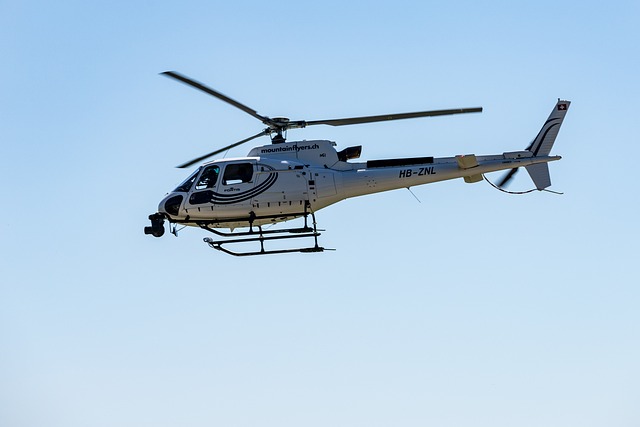
In Dubai, one unique experience stands out among the city’s iconic landmarks—the Burj Khalifa Helicopter Ride. This exhilarating adventure offers visitors a bird’s-eye view of the breathtaking skyline and allows them to soar above the world’s tallest building, the Burj Khalifa. The helicopter ride provides an unparalleled perspective of Dubai’s rapid growth and architectural marvels, showcasing the city’s transformation into a global hub.
As you ascend into the sky, passengers are treated to a symphony of visual delights, from the sprawling desert landscapes to the bustling metropolis below. This once-in-a-lifetime experience captivates both locals and tourists alike, offering a truly memorable glimpse into Dubai’s vibrant tapestry. The Burj Khalifa Helicopter Ride is a game-changer for urban exploration, redefining how we perceive and appreciate the cities we inhabit.
Engineering Marvels: Designing Scenic Urban Flyovers
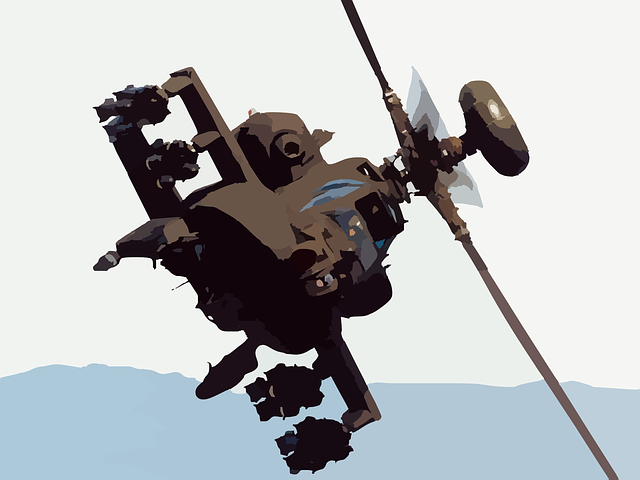
Urban flyovers, once mere functional necessities for traffic flow, have evolved into stunning architectural features that showcase a city’s unique character and beauty. These engineering marvels demand careful consideration of aesthetics alongside practicality. Just look at the iconic Burj Khalifa Helicopter Ride in Dubai, where a flyover seamlessly blends with breathtaking views of one of the world’s tallest buildings. Architects and engineers must navigate challenging terrain, incorporate sustainable design principles, and integrate lighting and greenery to create scenic overpasses that enhance the urban landscape.
By prioritizing creativity and innovation, modern urban flyovers offer more than just passageways; they become landmarks in their own right, providing residents and visitors alike with memorable experiences. From art installations adorning the structures to carefully curated landscaping beneath, these structural elements transform mundane daily commutes into opportunities for appreciation of both the built and natural environments.
Benefits and Impact on Urban Planning and Tourism
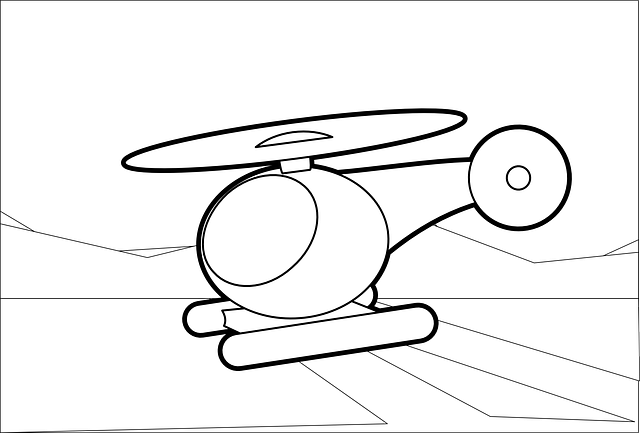
Scenic urban flyovers offer a unique perspective and numerous benefits for both urban planning and tourism. One notable example is the Burj Khalifa Helicopter Ride in Dubai, which provides visitors with an awe-inspiring view of the city’s iconic skyline. This innovative attraction not only enhances the tourist experience but also serves as a strategic tool for urban planners. By incorporating aerial vistas into the city’s landscape, flyovers encourage sustainable development and smart design choices. They offer a fresh insight into the layout of a metropolis, helping to identify areas in need of improvement or new infrastructure.
Additionally, scenic flyovers can boost tourism significantly. They attract visitors seeking unforgettable experiences and breathtaking views. The Burj Khalifa Helicopter Ride, for instance, has become a must-do activity for many travelers, contributing to Dubai’s reputation as a premier travel destination. This direct connection between urban planning and tourism highlights the potential of aerial experiences to transform cities into vibrant, captivating destinations, enriching both the lives of residents and the travel itineraries of visitors worldwide.
Future Prospects: Global Examples and Innovations
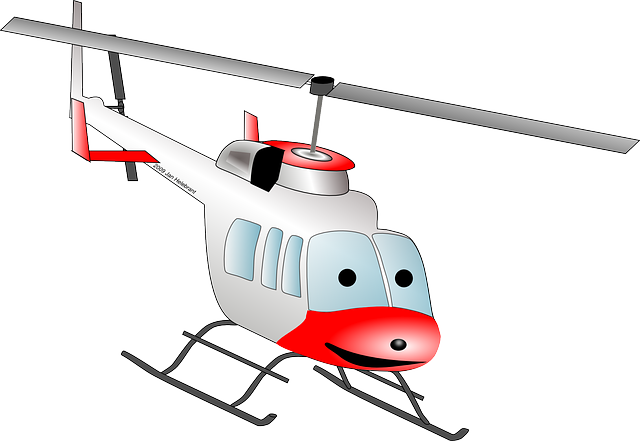
As cities continue to grow, innovative solutions are needed to manage traffic and urban development. One such solution is the scenic urban flyover, which offers not just practical benefits but also aesthetic appeal. Looking ahead, future prospects for urban flyovers are promising, with global examples setting new standards. For instance, Dubai’s Burj Khalifa Helicopter Ride showcases how urban infrastructure can merge seamlessly with breathtaking views and entertainment.
Around the world, there is a trend towards integrating technology and design to create unique experiences. Innovations such as glass-bottomed bridges, interactive art installations, and smart lighting systems enhance the user experience and promote sustainability. These global examples demonstrate that urban flyovers can be more than just functional; they can become iconic landmarks that define a city’s character and inspire future developments.
Scenic urban flyovers are transforming cityscapes globally, offering unprecedented perspectives and enhancing urban planning. From the iconic Burj Khalifa Helicopter Ride in Dubai to innovative designs worldwide, these structures not only facilitate transportation but also enrich tourism experiences. As cities strive for uniqueness and sustainability, scenic flyovers could become defining landmarks, blending functionality with breathtaking aesthetics. The future looks bright for this engineering marvel, promising to elevate our understanding of urban landscapes.
